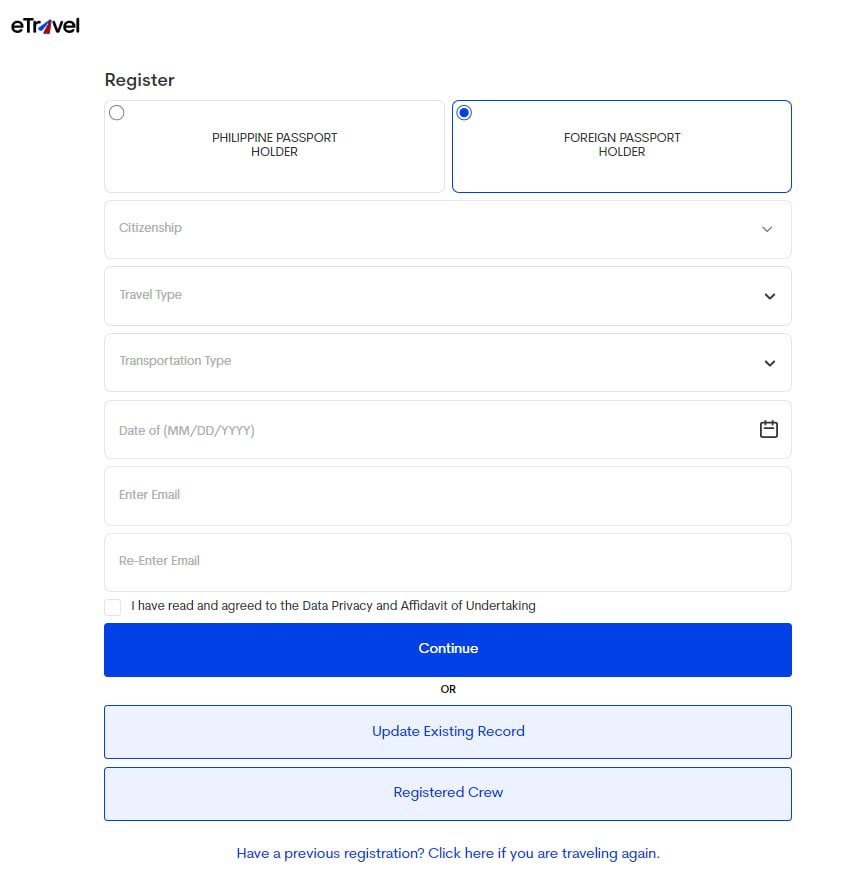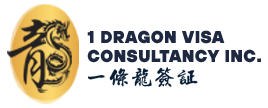The eTravel registration system is designed to simplify the travel experience for both local and international travelers.
As the holiday season approaches, the amount of travel to and from the beautiful Philippines increases.
To improve the travel process and make it smoother and more efficient, the Bureau of Immigration (BI) has created an innovative electronic travel declaration system called eTravel registration.
It works as a digital platform to collect data, serving as a vital tool in border control, health surveillance, and economic data analysis.
By modernizing travel procedures, eTravel aims to improve the overall efficiency of the travel experience, ensuring a seamless journey for all.
The eTravel System is mandatory for most travelers, including arriving and departing Filipino and foreign passengers and arriving Filipino and foreign crew members.
Exceptions are foreign diplomats, their dependents, foreign dignitaries, members of their delegation, 9(e) visa holders, and individuals holding diplomatic and official/service passports.
The goal is to ensure that the system covers all aspects of travel and contributes to a secure and seamless travel environment.
The eTravel System is not just a regulatory requirement, but also a proactive effort to create a modern, efficient, and responsive travel landscape that meets the needs of passengers.
In the following sections, we will explore the eTravel registration process in more detail, outlining the steps involved and the benefits it brings to both travelers and the overall travel infrastructure.
About eTravel Registration
- eTravel registration is mandatory for all passengers arriving and departing.
- It can be accessed through the official website https://etravel.gov.ph or the eGov PH app.
- Simplifying border control services, eTravel registration helps ensure a smooth journey for travelers.
eTravel registration is a mandatory step for all passengers, whether arriving or departing from the Philippines.
This user-friendly system is easily accessible through the official website https://etravel.gov.ph or the convenient eGov PH app.
One of the key advantages of eTravel registration is its role in simplifying border control services, contributing to an efficient and smooth journey for travelers.
Now, let’s delve into some essential aspects of the eTravel process:
Firstly, it’s important to note that eTravel registration is entirely free of charge.
The system does not collect or require any form of online payment, ensuring a secure and accessible process for all travelers.
Be cautious of fraudulent websites claiming otherwise, and report any such incidents to the Cybercrime Investigation and Coordinating Center (CICC) here.
eTravel is a web-based platform that enables travelers to register for their travel without the need for additional application downloads.
Whether you’re using a smartphone, tablet, laptop, or personal computer, you can access eTravel via any internet browser.
To use eTravel, you must have a stable internet connection.
We recommend ensuring a good and stable internet connection for optimal performance during the registration process.
Registration in eTravel can be done within 72 hours (3 days) before your arrival or departure from the Philippines.
This allows travelers to register at their convenience and present their proof of eTravel registration before boarding their flights.
The information submitted during eTravel registration is crucial for the travel process and relevant to the Health Declaration Card/Checklist.
This ensures that health border authorities can categorize and assist travelers appropriately when necessary.
After successful registration, it’s important to capture a screenshot or download your QR code before closing or exiting the eTravel website or application.
You will need to show this QR code to airline representatives before boarding your flight.
The eTravel QR code plays a crucial role in the immigration inspection process upon arrival.
A green QR code means your submission is proper and complete, allowing for a direct immigration inspection.
However, a red QR code indicates incomplete or incorrect data, requiring further inspection by the Bureau of Quarantine (BOQ) before immigration formalities.
If you lose the screenshot of your QR code, you can retrieve it by using the “Edit Registration” tab on the eTravel website.
Simply visit https://etravel.gov.ph/search, enter your reference number and date of birth, and press continue to access your profile.
If you need to make changes to your registration information, you can do so through the “Edit Registration” tab on the eTravel website.
However, this is only possible if your information hasn’t been processed and verified by border control authorities (BOQ and Bureau of Immigration).
If you’ve registered more than once on the eTravel website, make sure to choose only one QR code to present during the inspection.
Presenting different QR codes may cause delays or inconvenience.
If you have registered in eTravel before, there’s no need to register again every time you travel.
Instead, you can simply update your details each time you embark on a journey.
Passengers may update their status/e-Travel record under the “Edit Registration” tab, while crew members can update under the “Registered Crew.”
Understanding the intricacies of eTravel registration ensures a hassle-free and enjoyable journey, especially as you prepare for your travel during this festive season.
We remain committed to providing a modern and efficient travel environment for all passengers.

Encouraging Compliance
- BI Commissioner Norman Tansingco is urging airlines to communicate the need for eTravel registration to their passengers.
- The BI will soon introduce eTravel kiosks for on-the-spot registration for those without internet access.
Commissioner Norman Tansingco of BI is actively advocating for the importance of eTravel registration.
He is urging airlines to effectively communicate this necessity to their passengers.
The BI is committed to ensuring a streamlined travel experience that is both innovative and efficient.
Recognizing the significance of eTravel registration in modernizing travel processes, the management of BI underscores its importance in enhancing border control services.
This initiative is not only about adhering to regulations but is also a proactive step toward creating a travel landscape that is responsive to the needs of passengers.
To further facilitate compliance, the BI has announced the introduction of eTravel kiosks. These innovative solutions are designed for on-the-spot registration.
This move is particularly beneficial for individuals without internet access, ensuring that every traveler, regardless of their technological resources, can partake in the seamless journey experience.
The introduction of eTravel kiosks is not just a practical measure but also a commitment to providing options that make the travel process more accessible and traveler-friendly.
The registration process no longer needs to seem daunting; it becomes an opportunity for every traveler to engage in a modern and efficient travel environment.
BI’s emphasis on encouraging compliance extends beyond regulatory requirements; it embodies a vision for safe and stress-free travel.
The upcoming eTravel kiosks are a testament to this commitment, offering a convenient solution that aligns with the BI’s dedication to ensuring the well-being and satisfaction of every traveler.
As travelers embrace these innovations, the journey becomes more than just a series of checkpoints—it transforms into a testament to the BI’s commitment to excellence in travel management.
Through encouraging compliance and introducing user-friendly solutions, the BI envisions a travel experience where every passenger feels empowered, informed, and above all, secure in their journey.
Exemptions to the Rule
- Foreign diplomats and their dependents, foreign dignitaries and members of their delegation, holders of 9(e) diplomatic visas, and those with diplomatic and official/service passports are exempt from eTravel registration.
Many travelers are required to register through eTravel, but there are certain exemptions for specific groups to ensure a smooth journey.
Individuals such as foreign diplomats and their dependents, foreign dignitaries, members of their delegation, holders of 9(e) diplomatic visas, and those with diplomatic and official/service passports are exempted from the eTravel registration process.
These exemptions recognize the unique status and diplomatic roles of these individuals and acknowledge that their travel requirements are often governed by different protocols.
The Bureau of Immigration (BI) aims to facilitate their seamless movement across borders by exempting them from eTravel registration and supporting the diplomatic processes they engage in.
This approach aligns with the BI’s commitment to balancing security measures with the facilitation of diplomatic functions.
By exempting these distinguished travelers, the BI ensures that they can focus on their vital roles without unnecessary procedural hurdles.
The exemption is not just about diplomatic convenience; it is a strategic decision to foster positive diplomatic relations by providing a smoother travel experience.
As these exempted individuals embark on their journeys, they can do so with the assurance that the BI recognizes and respects their unique status, contributing to a diplomatic environment that values efficiency and cooperation.
Collaboration and Benefits
- The initiative is a collaboration between the Department of Information and Communications Technology, the Department of Tourism, the BI, and various government agencies.
- It replaces traditional arrival and departure cards with a streamlined eTravel system that reduces paper-based requirements and improves border control, health surveillance, and economic data analysis.
The eTravel initiative is a groundbreaking effort that involves collaboration among key government entities, including the Department of Information and Communications Technology, the Department of Tourism, and the Bureau of Immigration (BI).
This partnership extends to various government agencies, aiming to modernize travel processes comprehensively.
The primary goal of this collaboration is to introduce transformative changes in the way travel is managed.
The eTravel system replaces traditional paper-based arrival and departure cards, streamlining the process and significantly reducing the paperwork involved.
This contributes not only to environmental sustainability but also to a more efficient and digitized travel experience.
The involvement of the Department of Information and Communications Technology underlines the technological advancements driving this initiative.
It is a testament to the commitment to harness innovation for the benefit of travelers and to streamline processes that were once cumbersome and paper-intensive.
This collaborative effort goes beyond the realm of travel logistics, paving the way for an integrated system that extends beyond border control.
The eTravel system improves health surveillance, allowing for more effective monitoring and response to potential health risks.
Moreover, it enhances economic data analysis, providing valuable insights for informed decision-making in the travel and tourism sector.
The benefits of this collaboration are manifold.
Travelers experience a more straightforward and convenient process, free from the constraints of traditional paperwork.
The government gains a more sophisticated and responsive tool for managing border control, health-related challenges, and economic data.
Conclusion
- Registering for eTravel is not just a requirement; it’s a step towards a more efficient and hassle-free travel experience.
- If you’re traveling to or from the Philippines over the holidays, be sure to register for eTravel.
As we approach the holiday season, the Bureau of Immigration has introduced a new digital system called eTravel that is set to revolutionize the travel landscape.
This user-friendly interface, accessible through https://etravel.gov.ph, is not just a requirement but also a gateway to an efficient and stress-free journey.
The BI collaborated with the Department of Information and Communications Technology and the Department of Tourism to streamline the process and enhance the travel experience.
The shift from paperwork to a digital system meets compliance and redefines the travel experience.
BI Commissioner Norman Tansingco’s proactive push for eTravel registration, airline cooperation, and innovative measures like exemptions for diplomatic passengers and on-the-spot registration with eTravel kiosks show the BI’s commitment to inclusivity and convenience.
Environmental sustainability is also a top priority with the new digitized system replacing traditional arrival and departure cards, aligning with global efforts.

